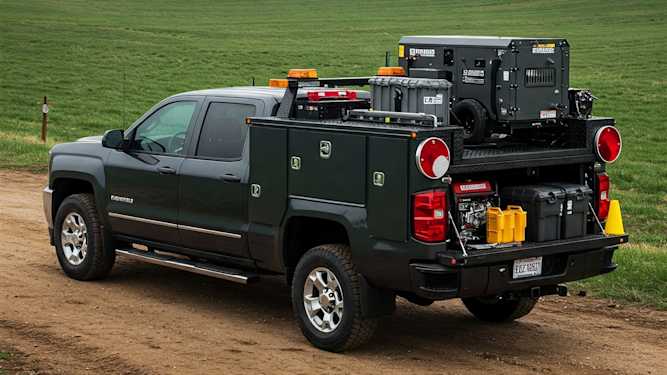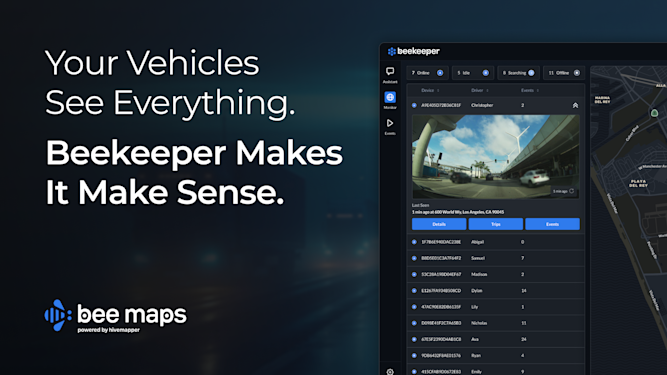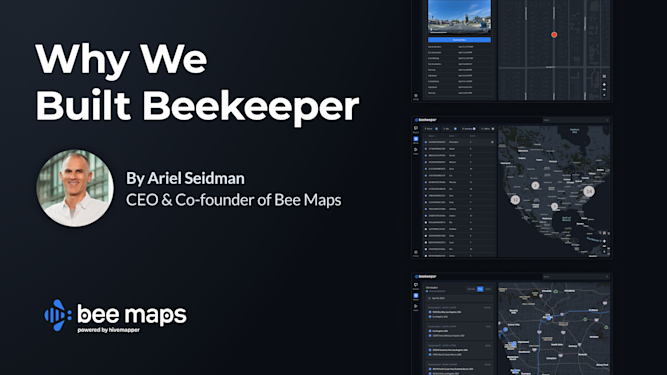The Latest Buzz
How is Point of Interest (POI) Data Used in Autonomous Driving?

What is Point of Interest (POI) Data?
Point of Interest (POI) data refers to specific locations that are useful or interesting for navigation and mapping. These can include restaurants, gas stations, parking lots, landmarks, and more. POI data is a crucial part of digital maps as it provides detailed information about what exists at various locations, helping users find destinations and understand their surroundings.
Why POI Data Matters in Autonomous Driving
For autonomous vehicles (AVs), understanding the environment is essential to navigate safely and efficiently. POI data enhances the vehicle's situational awareness, allowing it to make better decisions in real time. Here are some key ways POI data is used in autonomous driving:
Navigation and Routing
POI data plays a vital role in route planning for AVs. For example, if a passenger requests a trip to a specific location like a restaurant or a store, the autonomous system uses POI data to identify the destination and generate the optimal route. It ensures that AVs can accurately find and navigate to popular destinations.
Decision-Making at Intersections
When self-driving cars especially, those with autonomy levels 3 and up, approach intersections near points of interest like shopping centers or busy restaurants, they need to account for potential changes in traffic patterns, such as increased pedestrian activity or vehicles entering and exiting parking areas. POI data helps AVs anticipate such situations, allowing for safer and smoother navigation.
Identifying Service Areas
POI data helps AVs locate important service areas like charging stations, gas stations (for hybrid vehicles), and rest areas. For electric vehicles, knowing the location of charging stations is critical for planning longer routes and ensuring the vehicle doesn't run out of power mid-trip.
How POI Data Enhances Passenger Experience
Imagine riding in a Waymo that brakes too hard or gets too close to cyclists. These hypothetical scenarios demonstrate why POI data isn't just for navigation—it's also crucial for enhancing the overall passenger experience.
Personalized Recommendations
AV systems can use POI data to provide personalized recommendations based on user preferences. For example, if a passenger frequently visits coffee shops, the AV might suggest nearby options based on their previous trips or ratings from other users.
Real-Time POI Updates
Some AV systems integrate real-time POI updates, allowing passengers to know the status of their chosen destination. This could include information like whether a restaurant is open, current wait times, or if a parking lot has available spots. Such updates help passengers make informed decisions during their journey.
Challenges in Using POI for Autonomous Driving Technology
While POI data is highly beneficial, integrating it into AV systems comes with a few challenges. Here are a few examples:
Data Accuracy and Freshness
POI data needs to be accurate and up-to-date. A closed restaurant or a relocated store could cause navigation errors. Regularly updating POI databases ensures that autonomous vehicles are using the most accurate information available.
Data Standardization
With POI data coming from various sources like mapping providers, business directories, and user contributions, standardization can be a challenge. Ensuring that all data is compatible and uniform allows AV systems to process the information more effectively.
The Future of POI Data in Autonomous Driving
The role of POI data in autonomous driving is expected to grow as technology advances. While continuing to help self-driving vehicles navigate it will likely also be capable of finding specific types of charging stations across car makes and types, and make more informed decisions on the road.
Enhanced AI Integration
As AI models become more sophisticated, they will be able to leverage POI data more effectively, offering improved navigation and better context-aware decision-making.
Expanding POI Categories
Future developments may include expanding POI categories to include more detailed information about places, such as the presence of drive-through lanes or accessible entrances. This will further enhance the capabilities of AVs to cater to diverse passenger needs.
Bee Maps, powered by Hivemapper, is a cutting-edge provider of updated street-level map data that can help developers optimize sensor data for autonomous vehicle development. Discover how our real-time data can support the future of autonomous vehicle navigation!
Share Post


